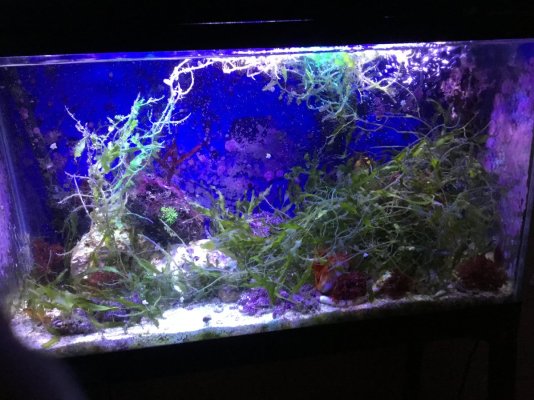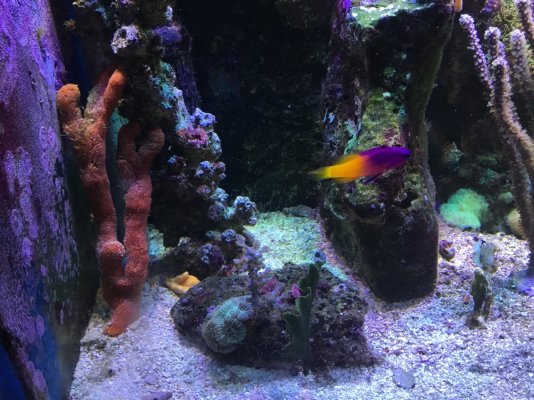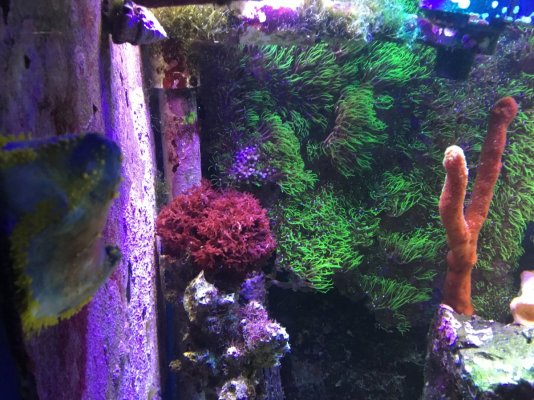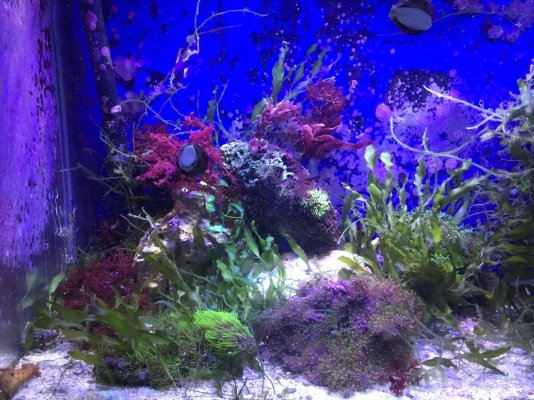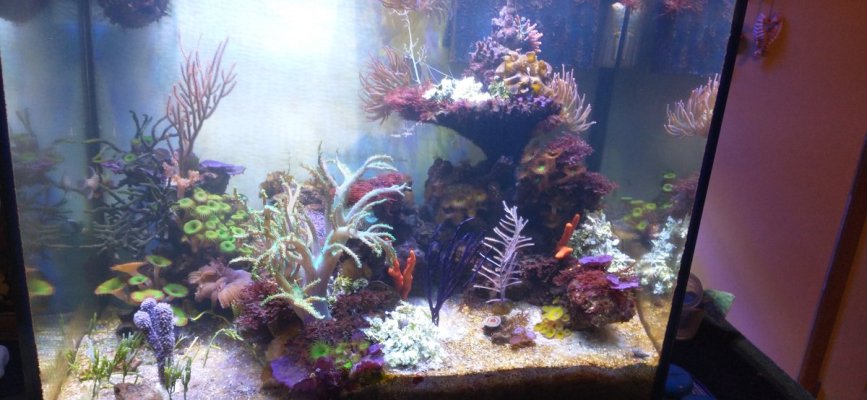Hi Everyone!
It's been about a year since I shut down my 20g reef tank but recently I've been inspired by some of the great macro tanks I've been seeing. I'm planning to set up a 10g desktop tank with just macros and maybe some snails/hermits for clean up. I love the way some of the Caulerpa species look (taxifolia and racemosa) but I am a bit worried about having to deal with them going sexual.
Does anyone know of other species of macros that grow longer fronds but are less likely to go sexual? If not, any tips for keeping Caulerpa in a display refugium without having to deal with the risk?
Also, is it advisable to cycle the tank before introducing macros?
Cheers!
It's been about a year since I shut down my 20g reef tank but recently I've been inspired by some of the great macro tanks I've been seeing. I'm planning to set up a 10g desktop tank with just macros and maybe some snails/hermits for clean up. I love the way some of the Caulerpa species look (taxifolia and racemosa) but I am a bit worried about having to deal with them going sexual.
Does anyone know of other species of macros that grow longer fronds but are less likely to go sexual? If not, any tips for keeping Caulerpa in a display refugium without having to deal with the risk?
Also, is it advisable to cycle the tank before introducing macros?
Cheers!
Last edited:




